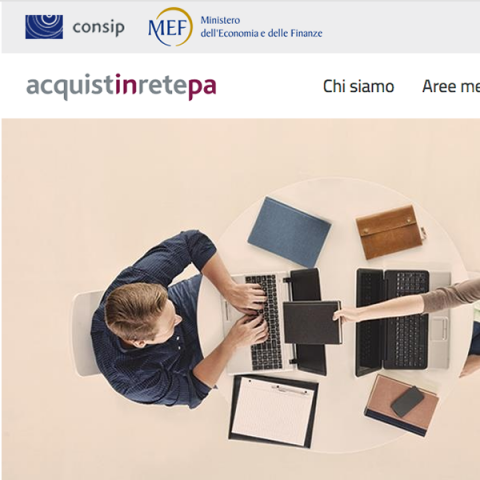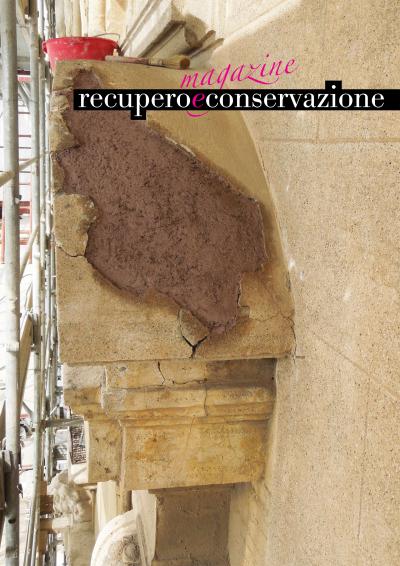PENSIERI SULLE MATERIE
Un po’ per la loro attualità e un po’ per non dimenticare abbiamo pensato di riproporre brevi pensieri sui temi fondanti del restauro quali l’importanza della materia, il fattore tempo, l’autenticità, il restauro del paesaggio e il rapporto tra antico e nuovo, ecc..
THOUGHTS ON THE MATTER
In order to not forget some important thematics about restoration, we decided to propose again short thoughts about the importance of the matter, time, authenticity, restoration of the landscape, and the relationship between the old and the new, etc.

Igea o Panacea: imparare dalla medicina?
La recente pandemia ha provocato un ripensamento negli indirizzi della medicina che prevede un potenziamento della prevenzione e della medicina sociale. Il settore del restauro, che possiede molte analogie con la medicina, può far tesoro di tutto ciò?
IGEA OR PANACEA: LEARNING FROM MEDICINE?
The recent pandemic led to a rethinking in the directions of medicine which foresees a strengthening of prevention and social medicine. Can the restoration sector, which has many similarities with medicine, take advantage of all this?
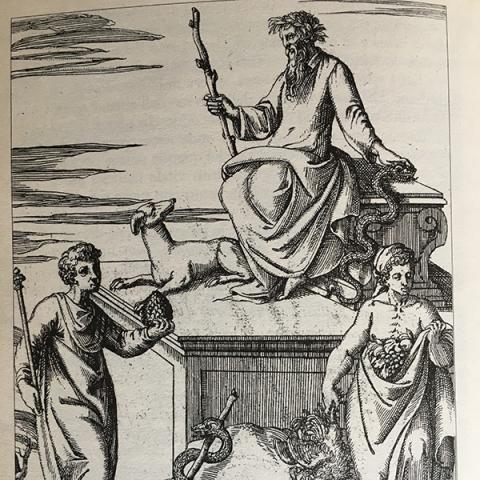
Il Palazzo degli Ambasciatori nel quartiere Coppedè a Roma
L’intervento di restauro ha riguardato le facciate del Palazzo degli Ambasciatori, situato nel Quartiere Coppedè a Roma (1916-21), caratteristico per l’architettura ricca di elementi in cemento decorativo quali modanature dei cornicioni, cornici delle finestre, figure a rilievo, festoni, colonne, colonnine e colonnotti dei parapetti dei balconi.
Le operazioni, finalizzate principalmente alla messa in sicurezza degli elementi decorativi ed a piccole reintegrazioni, sono state improntate ai criteri del ‘minimo intervento’ e del rispetto dell’autenticità materiale, mentre la visione ravvicinata ha consentito d’implementare la conoscenza dei materiali e delle tecniche utilizzate durante la costruzione dell’edificio.
THE AMBASSADORS MANSION IN ROME
The preservation work has concerned the façades of the Ambassadors Mansion, placed in Rome, inside the so-called Quartiere Coppedè (1916-21).
The building is famous for the architecture rich of decorative concrete elements, such as mouldings, cornices, relief figures, festoons, columns and balusters of terraces.
The operations, mainly finalized to secure the decorative elements and little reintegrations, has been based on the criteria of ‘minimum intervention’ and ‘material authenticity’, while the possibility of close up view gave us the opportunity to know materials and techniques that were used for the building construction.
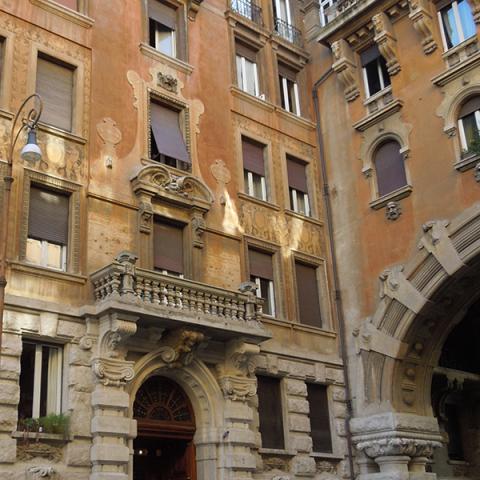
Carlo Villa
Continua il nostro viaggio di scoperta di alcune interessanti pubblicazioni presenti nella Biblioteca 'Leo Finzi' della Fondazione Collegio Ingegneri e Architetti di Milano. In questa puntata presentiamo l'opera pubblicata da Antonio Vallardi Editore agli inizi degli anni ‘50, sotto la Direzione del Prof. Arch. Antonio Cassi Ramelli: “Documenti” è una raccolta di progetti a fogli sciolti, affinché Costruttori, Architetti, Ingegneri, Studenti e studiosi in genere, possano formare un Archivio di facile consultazione”.
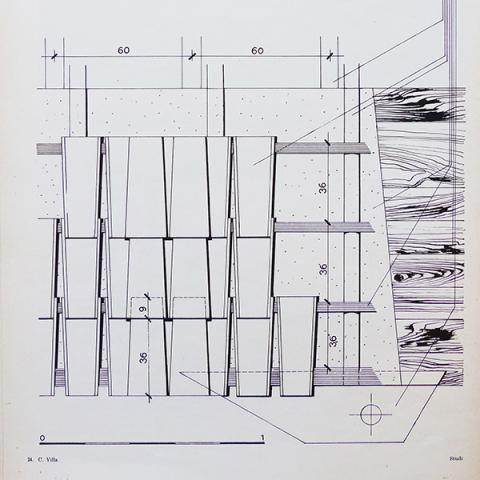
Acqua, paesaggi urbani, giardini, rovine
L’associazione propone una raccolta dei più importanti articoli pubblicati nella rivista QA quaderni di Assorestauro dal 2011 a oggi. L’articolo redatto dalla Soprintendente di Milano Arch. Antonella Ranaldi, è stato scritto in occasione di una missione in Libano, circa la tutela dei siti archeologici UNESCO.
L’architetto racconta l’approccio progettuale alla rovina e al segno intangibile della lacuna. Anastilosi, ricostruzione artistica, nuove tecnologie come ologrammi e ricostruzioni 3d, anticipano il tema del rapporto tra vegetazione e archeologia. Un viaggio nella storia fino ai giorni nostri, con l’Anphitheatrum naturae, il progetto di ricostruzione dell’anfiteatro romano di Milano con l’uso di essenze vegetali, che riporta in vita la più grande lacuna della città.
Water, urban landscapes, gardens, ruins
The association offers a collection of the most important articles published in Assorestauro's QA magazine from 2011 to date. The selected article was written by the Superintendent of Milan Arch. Antonella Ranaldi, in the occasion of a mission in Lebanon, about the conservation of UNESCO archaeological sites.
The architect talks about the design approach to ruin and the intangible sign of the gap. Anastylosis, artistic reconstruction, new technologies such as holograms and 3d reconstructions, anticipate the theme of the relationship between vegetation and archaeology. A journey through history up to the present day, with Anphitheatrum naturae, the project for the reconstruction of the Roman amphitheatre in Milan through the use of vegetation, which brings to life the largest gap of the city.
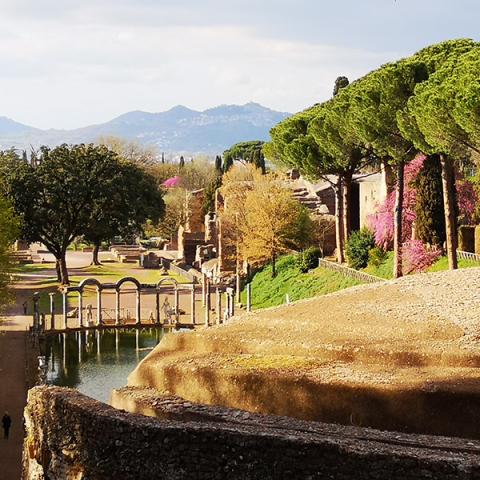
Archeologia verde a Milano
Il verde e l’arredo vegetale offrono una strada di dichiarata transitorietà, di ambientazione, ai fini di migliorare la fruizione e la godibilità del paesaggio di rovine archeologiche. Su questa linea di pensiero si muove l’intervento di rivitalizzare il parco archeologico dell’Anfiteatro romano di Milano attraverso la realizzazione di un viridarium e l’annessione di aree circostanti abbandonate. Il parco, attualmente in fase di realizzazione, rifiorirà più grande in un inedito Amphitheatrum naturae a completamento dei resti archeologici affioranti e il viridarium riproporrà la pianta dell’antico Anfiteatro. Il progetto muove in una visione più ampia di parco archeologico urbano su 10 ettari di verde che si articolano dall’Anfiteatro a San Lorenzo a Sant’Eustorgio.
Green archaeology in Milan
Greenery and garden design, thanks to their temporary nature, enhance the fruition and the enjoyment of archaeological ruins landscapes.
According to this concept come to life the regeneration project of the Roman Amphitheatre of Milan, trough the creation of a Viridarium (Ornamental Garden) and the integration of surrounding abandoned areas.
The park, currently under construction, will revive bigger than before, in a new Amphitheatrum naturae to complete the surfaced archaeological remains, matched with a Viridarium that will reproduce the plan of the ancient Amphitheater trough vegetal species.
The project moves into a broader vision of an urban archaeological park on 10 hectares of greenery developed from the Amphitheater to San Lorenzo to Sant’Eustorgio Churches.
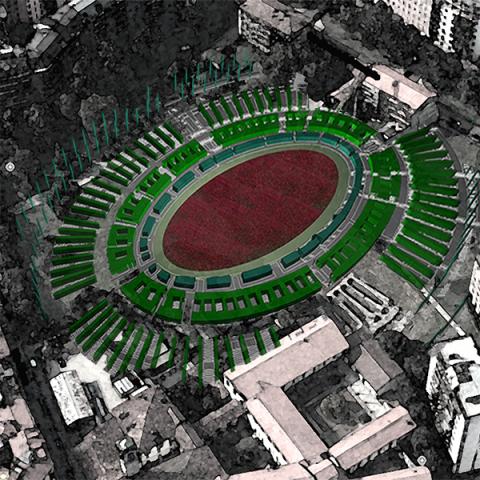
QUADRI FESSURATIVI
Come interpretare le lesioni che si presentano in un edificio in muratura colpito dal terremoto?
Il sesto appuntamento con l’ingegner Giovanni Cangi sugli effetti dei terremoti riguarda il quadro fessurativo, e cioè il complesso delle fratture che il sisma disegna sulle pareti degli edifici colpiti ma ancora in piedi. Sono i dissesti, le lesioni, le crepe, cavillature, incrinature, ragnature eccetera, che procurano dubbi e angoscia ai malcapitati abitanti incerti sul da farsi (e anche a non pochi tecnici…). [...]
Francesco Giovanetti (Presidente ARCo)
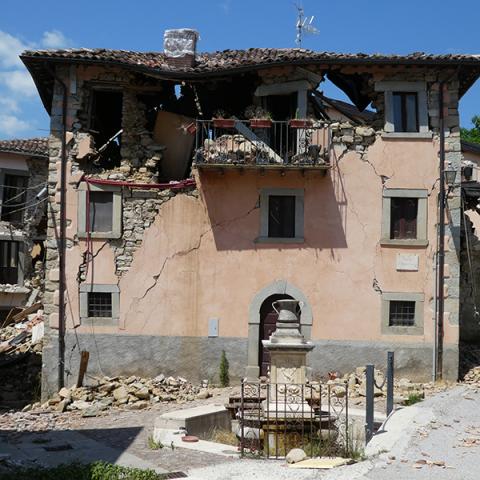
Il restauro della Sagrestia Vecchia di San Lorenzo
Nella scorsa pillola, dedicata ai palinsesti realizzati artatamente in occasione di restauri, si è riflettuto sul concetto di rivelazione delle stratificazioni. Piace, qui, tornare sull’argomento analizzando uno dei restauri più importanti della fine dello scorso secolo: quello della Sagrestia Vecchia di San Lorenzo [...]
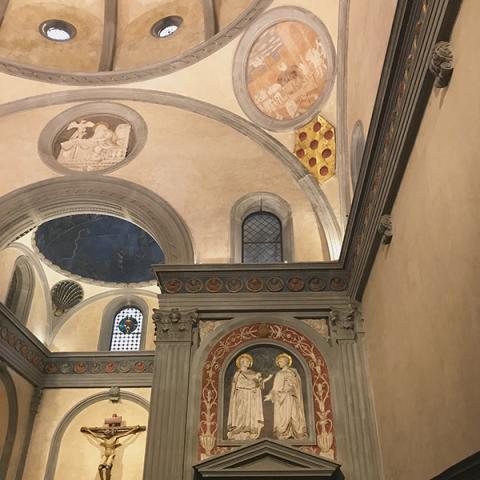
ROMAN CEMENT, IL CEMENTO BUONO
Il Roman Cement è un legante idraulico scoperto da James Parker intorno al 1780 e brevettato nel 1796. Il nome del legante non ha nulla a che fare con i materiali usati da Romani. Si tratta di un cemento naturale prodotto originariamente attraverso la cottura di noduli di Septaria (miscele naturali di calcari e argille). Il Roman Cement, in virtù delle sua caratteristiche trova impiego nel restauro di edifici storico monumentali, nella decorazione e nell’ambito delle bio-costruzioni.
ROMAN CEMENT, THE GOOD CEMENT
Roman cement is a hydraulic binder developed by James Parker in the 1780s, being patented in 1796. The name is misleading as it is nothing like any material used by the Romans, but was a "natural cement" made by burning Septaria – nodules that are found in certain clay deposits, and that contain both clay minerals and calcium carbonate. Roman cement can be used for restoration purposes in old buildings and the renovation of historic monuments, as well as in decoration for new buildings and in eco-construction.
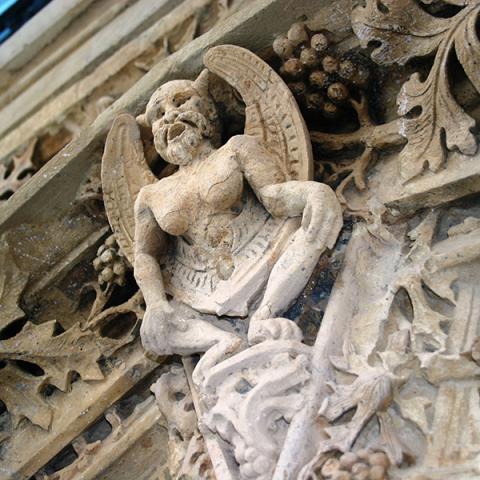
Riflessioni attorno al tema della ricostruzione post-sisma
Il tema della ricostruzione percorre trasversalmente l’intera disciplina del restauro e la storia italiana dalle origini del XX secolo ad oggi, affastellata di catastrofi di origine naturale e non, esemplifica chiaramente come non si tratti di un’antinomia in termini di bianco o nero ma come la realtà e le risposte della ricostruzione siano diversificate e complesse. L’Italia di oggi si trova a fronteggiare la distruzione causata dal terremoto, una situazione purtroppo ampiamente nota e più volte sdoganata negli ultimi cinquant’anni. Numerose e diversificate sono state le risposte e i modi di affrontare la ricostruzione post sisma, negando ancora la semplicistica contrapposizione tra «dov’era e com’era» e l’abbandono delle aree distrutte.
Reflections on the post-earthquake reconstruction
The theme of reconstruction relates entirely the discipline of restoration; Italian history, since the beginning of the 20th century until today, with all its catastrophic events, clearly demonstrates the complexity of this topic.
Nowadays Italy has to face the destructions caused by the earthquake, unfortunately a recurring situation for the last fifty years. The ways of approaching the reconstruction have been several and different, denying every simplistic contraposition.
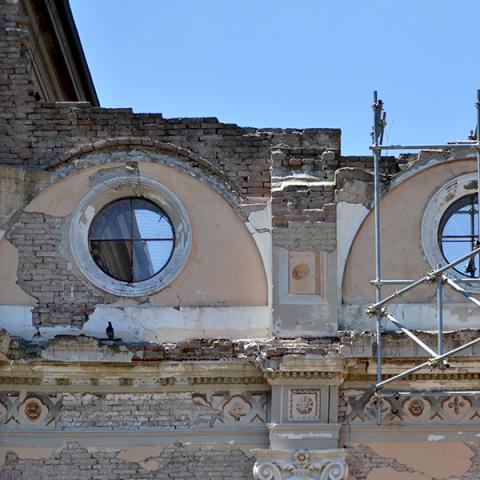
PROTOCOLLO GBC Historic Building® AL MEIS
Il Museo Nazionale dell’Ebraismo Italiano e della Shoah a Ferrara, è il primo museo storico in Italia a conseguire la certificazione GBC Historic Building®. La Committenza pubblica, nel caso
dei Ministero dei Beni Culturali ed Ambientali ha premiato ed ha valorizzato la certificazione dell’edificio storico, tutelato, rappresentando un esempio virtuoso da imitare e replicare su tutto il patrimonio storico e tutelato densamente presente nel patrimonio edilizio esistente italiano.
GBC HB Italian rating system for Historic Buildings
The Italian Jewish and Shoà National Museum of Italian inFerrara is the first historical museum in Italy to achieve GBC Historic Building® certification. The Ministry of Cultural and Environmental Heritage, awarded and valued the certification of the historic building,representing a virtuous example to be imitated and replicated to all the historical and protected heritage densely present in the existing Italian buildings.
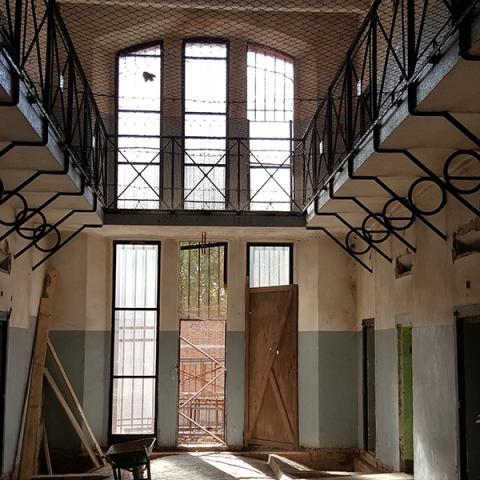
Tilmen Höyük: il parco archeologico restaurato anche grazie a Mapei
L’esperienza del restauro realizzato per la conservazione del sito archeologico di Tilmen Höyük in Turchia, è divenuta un libro edito da Springer. Tra i promotori dell’intervento anche Mapei che in questo articolo ripercorre le varie fasi del progetto di restauro e conservazione.
TILMEN HÖYÜK: THE ARCHEOLOGICAL PARK RESTORED THANKS TO MAPEI
The experience of the restoration project carried out for the conservation of the archaeological site of Tilmen Höyük in Turkey has become a book published by Springer. Mapei, among the promoters of the intervention, this article explains the various phases of the restoration and conservation project.
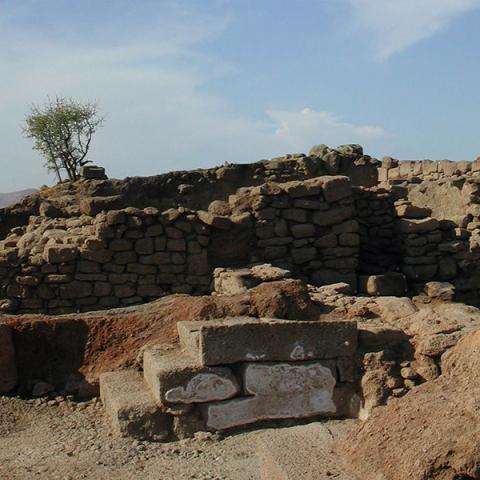
Destinazioni erranti: tra trasformazione e riuso
Molti sono gli edifici antichi presenti nei nostri centri storici che hanno avuto nel corso della loro storia “di vita” interessanti esperienze, tra trasformazione e rigenerazione, diventando importanti esempi su come si può, convertendo la destinazione d’uso, valorizzare i beni architettonici dello sterminato patrimonio dell’edilizia pubblica del nostro Bel Paese, contribuendo così alla rinascita e riqualificazione dei centri storici e fornendo nuove opportunità alla collettività.
L’articolo racconta, in estrema sintesi, la storia non di un edificio ma della sua funzione d’uso che, errando, ha cercato negli ultimi trecento anni, tra le vie della città storica di Vicenza, la sua casa, la sopravvivenza della sua funzione, la conservazione del suo status: la Biblioteca civica Bertoliana.
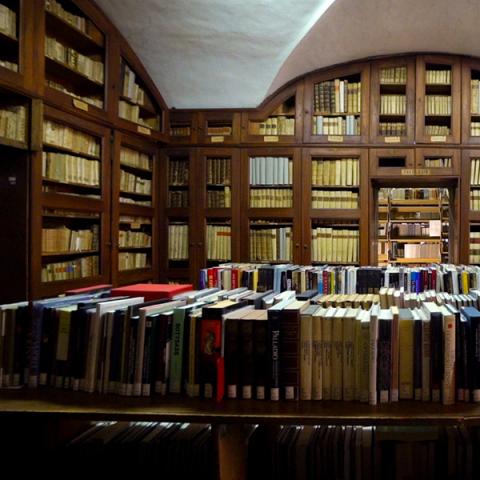
Tecniche reversibili con materiali naturali per il restauro
La verifica dei materiali naturali idonei al restauro deve essere identificata per fasce climatiche, misura tecnicamente indispensabile, analizzando ogni manufatto non solo in termini di identità e tecniche tradizionali idonee, ma anche per l’evoluzione dei sistemi tecnologici presenti, che vanno ricercati e messi in evidenza. L’articolo propone un percorso analitico su una tipologia ricorrente con lo scopo di essere esemplificativo per qualsiasi manufatto esistente al fine di comprendere correttamente il ruolo dell’involucro, fondamentale per raggiungere gli obiettivi di un ambiente sano e di benessere.
REVERSIBLE TECHNIQUES WITH NATURAL MATERIALS FOR RESTORATION
This could be the historical period where the construction technique can begin to refine the use of natural origin and / or agricultural waste materials, that today we describe as true sustainable. With the production costs’ reduction in relation to their LCA and environmental impact, without neglecting the spatial linearity and the surface identity, maintaining a traditional craftsmanship and innovation and local economic support.
Recovery of the ancient building tradition?
In order, the materials used by nature, i.e. conceived, invented and produced on site using the energy elements present are: air, raw earth, terra cotta, aerial lime, gypsum, lime or hydraulic lime, local stones, reed or other fibres also animals and solar energy.
These materials are characterized by a high degree of hygroscopicity and developed for the most suitable construction techniques and morphology for the microclimate in and with which they must measure themselves; putting into practice the fundamental rule of the natural system: the rule of the property of energy saving in the production of raw materials then constitute the building materials, of the minimum material’s consumption for the minimum surface.
Therefore, architecture and natural technique support us in the use of construction systems that work not only for energy saving, but also for internal salubrity.
From these considerations, the restoration or renovation of ancient buildings, including also the lesser ones, has started a new attention to sustainability in the design choices on the use of the most suitable materials with a careful eye on the volume (mass) surface, orientation ratio. It is therefore essential to ask ourselves, while choosing materials, how much energy is needed for their production and supply.
Component can be given by the opportunity to verify the presence of the ANAB-ICEA certification.
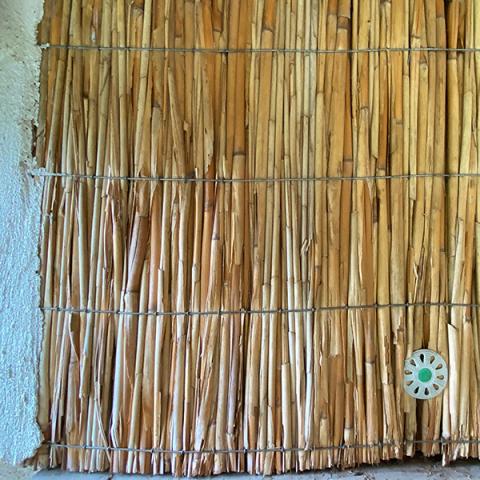
IL MEPA – MERCATO ACQUISTI PUBBLICA AMMINISTRAZIONE
Il MEPA è una piattaforma elettronica (#acquistinretepa.it), gestita da CONSIP, attraverso la quale le Pubbliche Amministrazioni italiane possono affidare a soggetti privati lavori, servizi e forniture per importi a partire da Euro 5.000 fino alla soglia comunitaria stabilita anno per anno dal Codice dei contratti pubblici (d.lgs n. 50/16, art. 35). [...]
